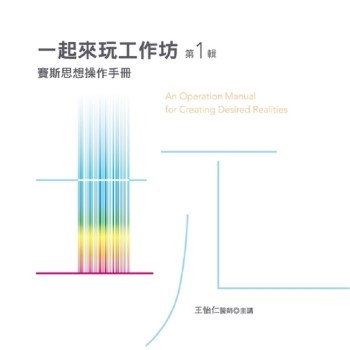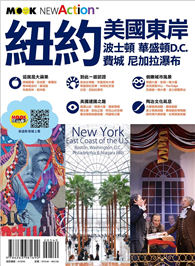It is well known from history that each state introduced its own currency for commodity-money circulation within the territory of the country. This brought income to the treasury of the state on the one hand, and on the other, it facilitated the exchange of goods between the producer and the buyer through money.When selling and buying goods between neighboring countries, it took a certain equivalent of the exchange of national monetary units, which contributed to the formation of the exchange rate. The rate of the national currency grew (strengthened) with an increase in demand for goods for export, weakened with an increase in supply or a decrease in external demand.At the present stage of development of the world economy, many factors affect the changes in the exchange rate, which are characteristic only of the modern world: political instability, the global financial crisis or instability in commodity markets and others.
| FindBook |
有 1 項符合
Tendencies and Changes in the National Currency Rate of Uzbekistan的圖書 |
 |
Tendencies and Changes in the National Currency Rate of Uzbekistan 作者:Abrorjon 出版社:LAP Lambert Academic Publishing 出版日期:2024-10-01 語言:英文 規格:平裝 / 68頁 / 22.86 x 15.24 x 0.41 cm / 普通級/ 初版 |
| 圖書館借閱 |
| 國家圖書館 | 全國圖書書目資訊網 | 國立公共資訊圖書館 | 電子書服務平台 | MetaCat 跨館整合查詢 |
| 臺北市立圖書館 | 新北市立圖書館 | 基隆市公共圖書館 | 桃園市立圖書館 | 新竹縣公共圖書館 |
| 苗栗縣立圖書館 | 臺中市立圖書館 | 彰化縣公共圖書館 | 南投縣文化局 | 雲林縣公共圖書館 |
| 嘉義縣圖書館 | 臺南市立圖書館 | 高雄市立圖書館 | 屏東縣公共圖書館 | 宜蘭縣公共圖書館 |
| 花蓮縣文化局 | 臺東縣文化處 |
|
|
圖書介紹 - 資料來源:博客來 評分:
圖書名稱:Tendencies and Changes in the National Currency Rate of Uzbekistan
|











